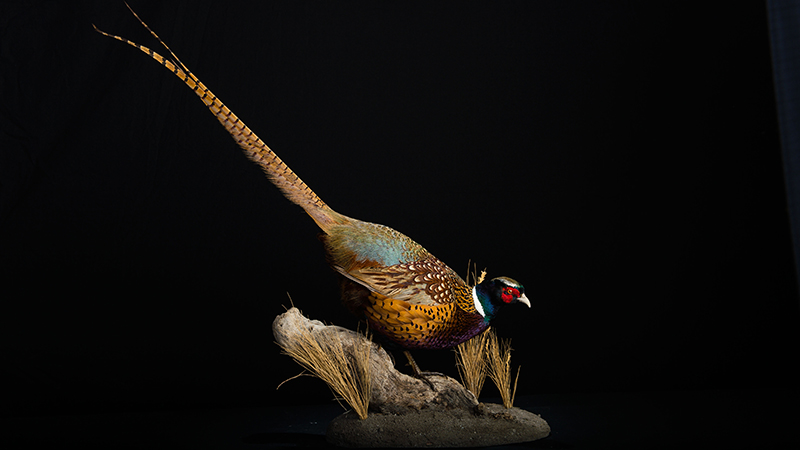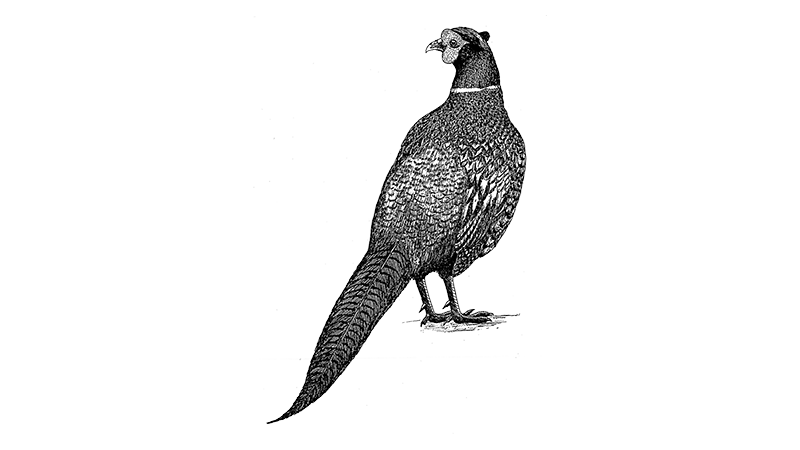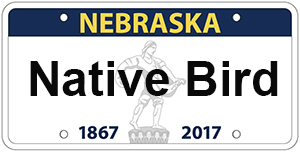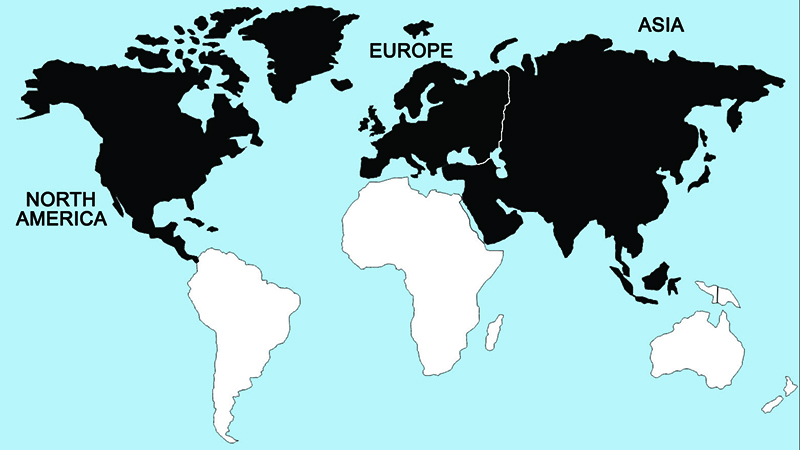Ring-necked Pheasant

The ring-necked pheasant of eastern Asia is the most widespread and most successfully introduced of all pheasants. Its winter habitat, at least in the colder parts of its introduced North American range, is found in marshes, plum thickets, shelterbelts, and heavy brush in ravines and along railroad right of ways. The ideal spring habitat consists of a diversity of cover types that provide food, escape cover, and nesting sites.
Roadside ditches, particularly those that have an abundance of early-maturing grasses are valuable for nesting. Nests are a depression in the soil to which a lining of feathers and plant materials is added. Eggs are laid at the rate of one per day until the clutch of a dozen or more is complete. Compound clutches, or "dump nests" resulting from the efforts of more than one female, are not uncommon. Incubation begins with the laying of the last egg, and requires approximately 23 days. The female attends her brood throughout their juvenile period, usually for from 6–8 weeks. Brooding habitats must have an abundance of insects, edible green vegetation, and adequate escape and roosting cover. By fall the adults and young begin to gather in fields of ripening grain, from which they gradually move into heavier cover as winter begins.

Regions Birds Are Found


Collection Location & Year
U.S. - Nebraska 2008
Taxonomy
| Order | Galliformes |
|---|---|
| Family | Phasianidae |
| Tribe | Phasianini |
| Species | Phasianus |
| Genus | colchicus |
Gender
Male
References
- Beebe, C. W. 1918–1922. A Monograph of the Pheasants. London, UK:Witherby
- Cramp, S., and K. E. L. Simmons, eds. 1980. The Birds of the Western Palearctic. Vol. 2. (Hawks to Bustards) London, UK: Oxford Univ. Press.
- Johnsgard, P. A. 1986. The Pheasants of the World. Oxford, UK: Oxford Univ. Press.
- Johnsgard, P. A. 1999. The Pheasants of the World: Biology and Natural History. Washington, DC: Smithsonian Institution Press.
- del Hoyo, J. A. Elliot, and J. Sargatal, eds. 1994. Handbook of Birds of the World. Vol. 2 (New World Vultures to Guineafowl). Barcelona, Spain: Lynx Editions.